Weeds are plants whose virtues are yet to be uncovered. But if you’re thoughtful about good-looking lawns and gardens, you have to get rid of those weeds. Only when you get into serious gardening you’ll understand that weeds are obnoxious and hard to be eliminated. No lawn will ever be completely free of weeds.
But that doesn’t mean you can’t own an attractive lawn. If you get to know about what types of weeds you’re dealing with, you can easily keep them at bay and make your lawn look nearly weed-free. If you have already spent some time looking for weeds in your yard, you have probably noticed that all weeds aren’t the same. Some might look like simple normal green plants, while others grow like creepers or blades of grass.
In this second article in our series, Grass Seed 101, you’ll find a list of 11 common weeds that you might come across in your yard. You’ll want to destroy these weeds before sowing new grass seed or trying to repair bare patches so we’ll also give you some ideas on how to get rid of them in the most effective way.
Annual Bluegrass
Identifying the weed
This annual weed looks similar to a grass when the lawn is freshly mowed and identifying it would be quite challenging. But when it grows it resembles Kentucky bluegrass, except for its shallow roots and lighter shade of green. There are more than 100 types and sub-types of this weed found throughout the U.S, some growing annually while others are perennial plants. They spread faster than common lawn grass and get dried up during the hot, humid seasons.
Getting rid of it
Annual bluegrass loves damp soil, so avoid overwatering. Set your lawn mower high because this weed can’t survive long if they aren’t mowed shorter. It will grow vertically and its shallow roots will find it hard to go deep into the soil, eventually withering out. You can also spread some crabgrass preventer before the onset of summer and this will encourage their drying.
Clover
Identifying the weed
Clover is a perennial, shallow-rooted weed found throughout the U.S. It flourishes well in moist areas, especially soil that’s devoid of nitrogen. They can be easily identified by their three-lobed or four-lobed leaves. They have little white flowers that often attract bees and other insects. There are many kinds of clover and the most commonly occurring one is the white clover.
Getting rid of it
If you spot a clover it means that the soil is in poor conditions. You can apply nitrogen fertilizers and water the soil, bringing back the nutrients to the soil will help get rid of clover. Some weed killers can also be used for eliminating clover, if found in large numbers. If your yard has sensitive grass like zyosia or St. Augustine grass, avoid weed killers and focus on getting rid of them in a more natural way.
Crabgrass
Identifying the weed
Crabgrass is a common weed that’s a nuisance especially during the summer. They sprawl from a central root and spread out across the ground occupying the surface of soil and deterring any grass growth. It grows well during the hot, dry conditions and a single weed is capable of spreading thousands of seeds before dying.
Getting rid of it
You need to get rid of crabgrass before the onset of summer to avoid extensive growth. Spread some pre-emergent weed killer during the spring and try to get rid of them before they germinate from their seeds. They can’t stand moist soil and frequent watering and high mowing will keep them under control.
Creeping Charlie
Identifying the weed
Ground ivy, commonly called creeping Charlie is an aggressive weed that grows into tufts and covers the planting beds. This plant belongs to the mint family and grows well in moist, shady regions. They have dark green, round, kidney-shaped leaves that ends in scalloped edges. They have runners capable of rooting at each nodes and give out purple blooms during the spring.
Getting rid of it
If one or two weeds are found they can be easily plucked out using regular gardening tools. But a ground ivy infected lawn needs high mowing and deep, infrequent watering. Make sure you cut them out during the summers, while their growth is stalled or very less. You should also make use of lawn fertilizers to encourage thick growth of grass.
Dandelions
Identifying the weed
These broad-leafed perennials can grow in almost all types of soil and need to be eliminated completely from the root to avoid regrowth. The roots are capable of growing as deep as 2 to 3 feet in the soil and during the spring new sprouts will emerge from the roots. They have yellow flowers, which turns into white puffballs of seeds when fully mature. They easily spread during the summer and grow well during the next spring.
Getting rid of it
The whole plant including the leaves, flowers, and the entire taproot have to be removed to avoid regrowth. Mowing wouldn’t be of much help because they will adjust their height to that of the grass and continue to grow. Use some weed killers during the spring and cut out any visible flowers, before they can mature and spread out their seeds.
Oxalis
Identifying the weed
Oxalis, commonly called woodsorrel is a perennial weed that can be found throughout the U.S. It has heart-shaped leaflets that closely resembles clover and can be found growing in greenhouses, landscapes, and even in lawns. They can reach upto 4 to 12 inches in height and the leaves fold during the night, and open in the mornings to harvest sun. They can be found in thin lawns and grow well in sunny, humid regions.
Getting rid of it
Regulate feeding your lawn to populate the grass and water the lawn more often. Mowing the grass to some greater heights will shade the oxalis and render its energy harvest from the sun. You can also make use of fertilizers and weed killers to get rid of this weed during the spring.
Plantain
Identifying the weed
These perennial weeds appear mostly in ornamental beds and in unkempt lawns. They have a thick tap root that allows them to survive even during the harsh winters. During the spring they sprout with green colored, oval shaped leaves. They flower during the early spring to the mid-summer and this weed comes in two types – broadleaf and buckhorn plantain.
Getting rid of it
It’s better to remove them before they start setting seeds. You have to remove them entirely, along with the roots to ensure that they don’t grow back. Mowing can easily spread this weed, so try to make use of weed killers or remove them in person to avoid spreading. Aerating the soil once in a while will loosen their roots and makes pulling out easier.
Prickly lettuce
Identifying the weed
This biennial weed is native to the Mediterranean region and has a deep tap root system containing a thick milky sap or latex. They often clog gardening or farming tools and might also sicken cattle. They have altering leaves that clasps the stem and can grow upto 5 feet in height. They sport yellow blossoms during the late spring to mid-summer and each flower will have about 20 seeds in them. They can spread inside the grass and their sharp edges will be pretty painful if stepped on.
Getting rid of it
Using gardening equipment will only damage the root and the latex will clog the soil as well as the gardening tools, making it difficult for you to remove it. One good way is to moisten the soil and pulling this weed straight off the soil along with its roots. Chemical controls can be applied during the fall or spring to avoid spreading the seeds.
Purslane
Identifying the weed
Purslane is a succulent weed that grows very close to the ground. They can be found growing in lawns, yards, and landscape beds in almost all parts of the U.S. They have fleshy red stems that are surrounded by small, paddle-shaped, green leaves that grow outwards in a circular shape. They also have star-shaped, yellow flowers and are considered to be edible weeds.
Getting rid of it
It’s better to get rid of them, while they are still young to avoid any seed dispersal. A single plant will cover a large area and gardening tools might get tangled in it. One good way to get rid of this weed is by hand pulling or turning the soil upside down before planting the grass seeds. They can be dormant even for a year before germination, so it’s better to pull them out when they start growing.
Spurge
Identifying the weed
Spurge weeds take up residence in weak areas of the lawn, and also grow in other landscapes and vegetable gardens. They have tiny red spots all over the leaves and stem, and can be easily distinguished by their emission of milky sap when any part of the plant is damaged. The stem branches out, carrying tiny, oval leaves and can easily cover 3 feet diameter of the soil. They have green blooms that will that will disperse the seeds during the early spring.
Getting rid of it
They spread rapidly and will be a nuisance if left to grow largely. One good way to clear this weed is to detect the plant in its early stages and remove them before they begin seeding. Grow a dense turf of grass because that wouldn’t give enough room for the weed to spread out. If they are fully spread across, you have no other option but to turn the soil and deweed it fully before planting new grass seeds.
Thistle
Identifying the weed
Thistles are major invaders of agricultural lands and 22 U.S. states have declared them to be noxious weeds. These perennial weeds have soft, dark-greened, spear shaped leaves that has barbed ends with sharp spines. They produce clusters of purple colored flowers and if allowed to seed, the flowers will disperse seeds at maturity.
Getting rid of it
The seedlings of thistles have spines or bristles on their leaves that can be easily identified. You can easily pull it out during the earlier stages before the roots are well established. If they have already grown into large plants, you can still make use of herbicides and kill them during the late summer or in early fall. Mowing the lawn once in a while to avoid any seeding, this will also control the dispersion of the plant.
Finally
While choosing weed-control products, make sure that you target only the weeds and safeguard all the grass and other garden plants. Always ensure the wellness and health of the plants in your yard by watering and mowing them regularly. Eliminate the weeds and prevent their return, using minimum weed killers to ensure the soundness of the soil. Get rid of these common weeds, and make your lawn an awesome, stunning place to hangout! And when you’re ready to start planting new grass seed, check out another article in this series, Grass Seed 101: 8 of the Most Common Types.

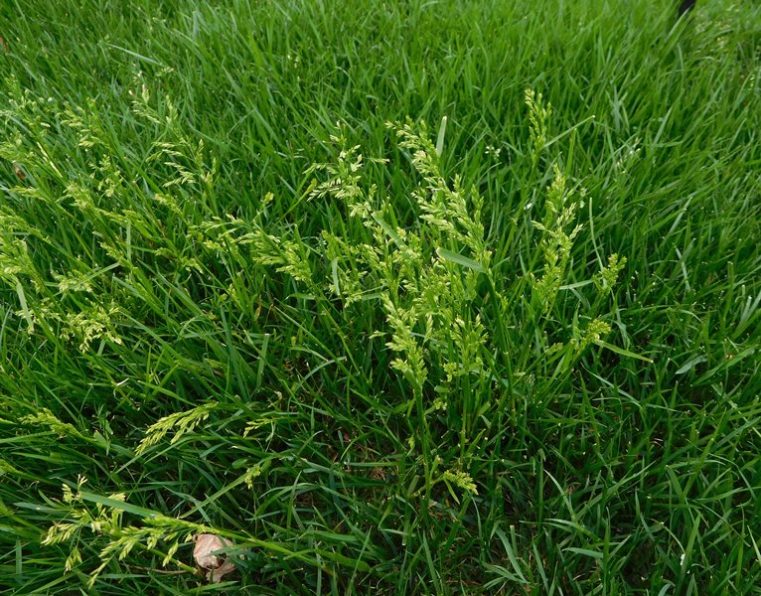


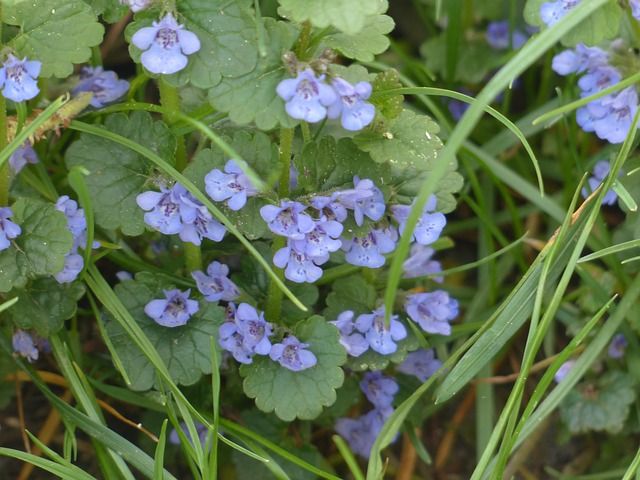
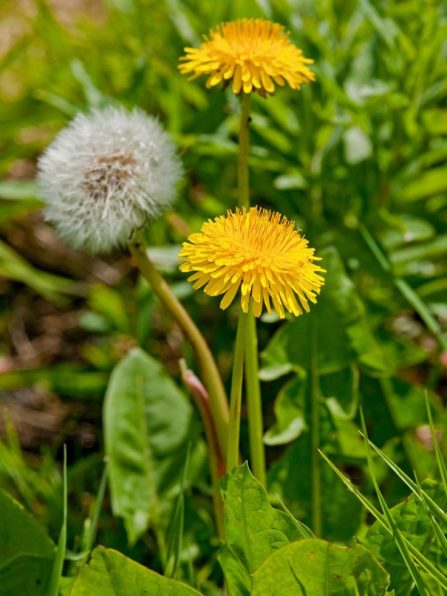
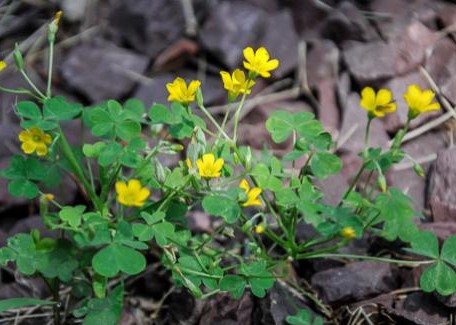

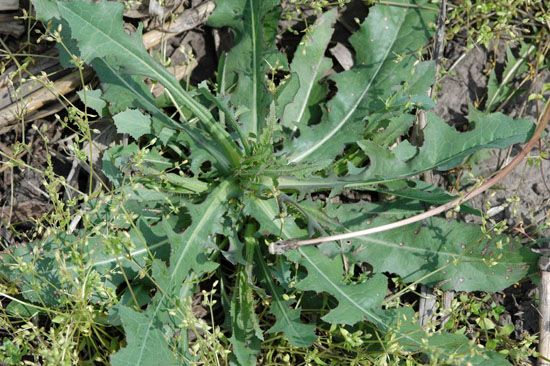
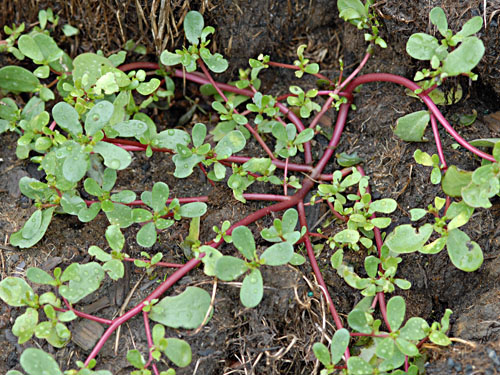

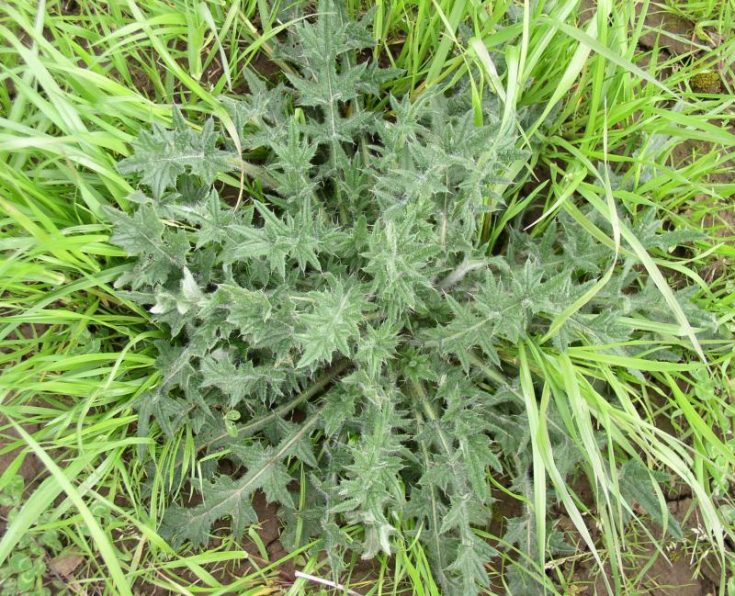
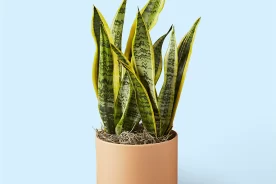
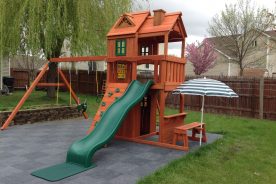


No Comments